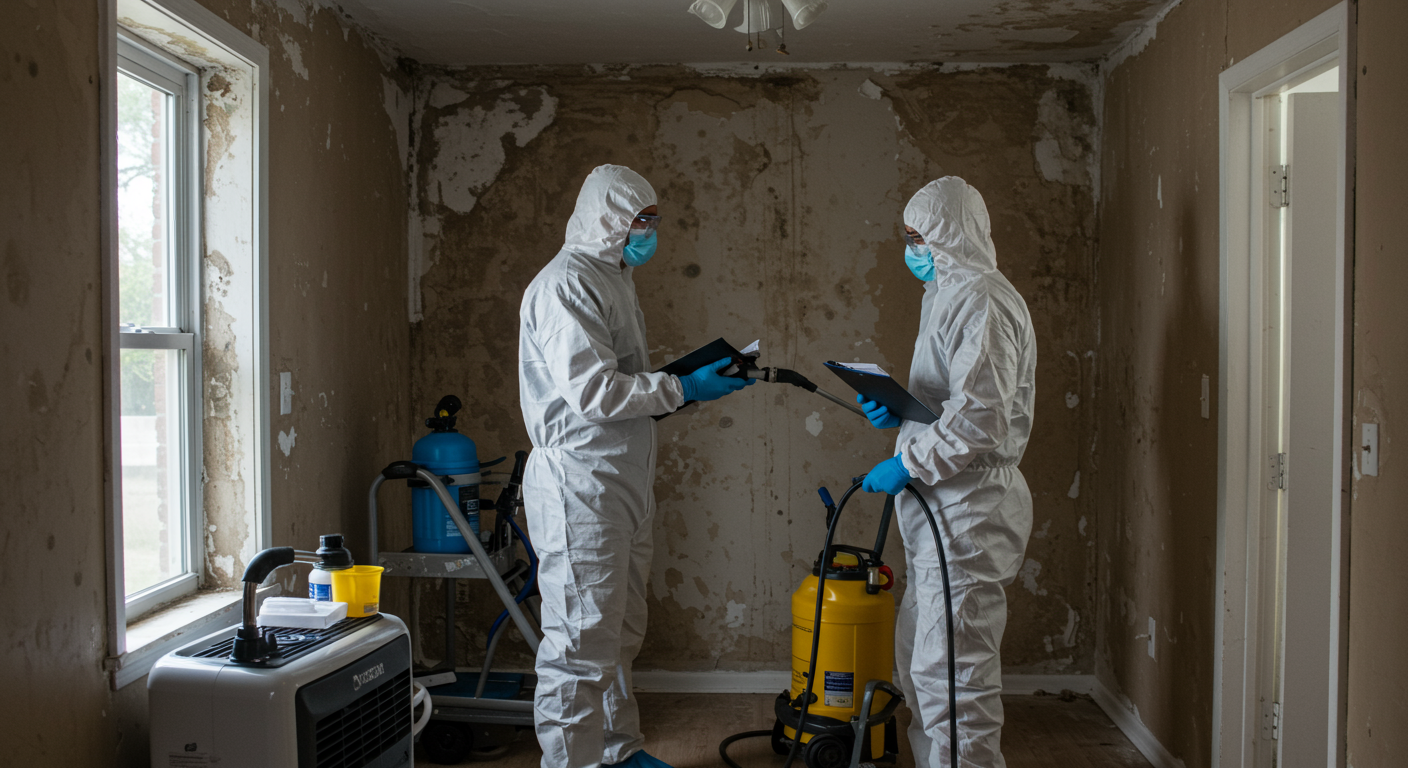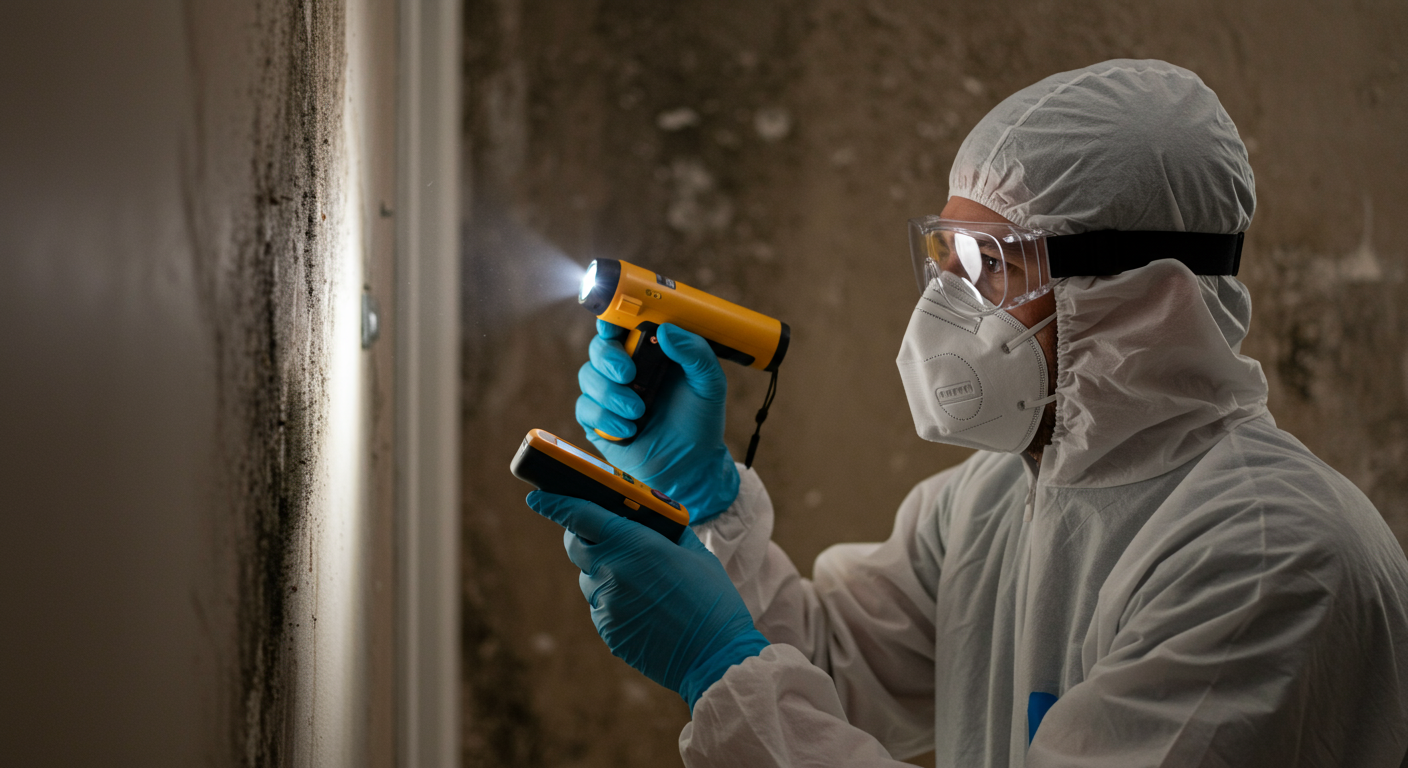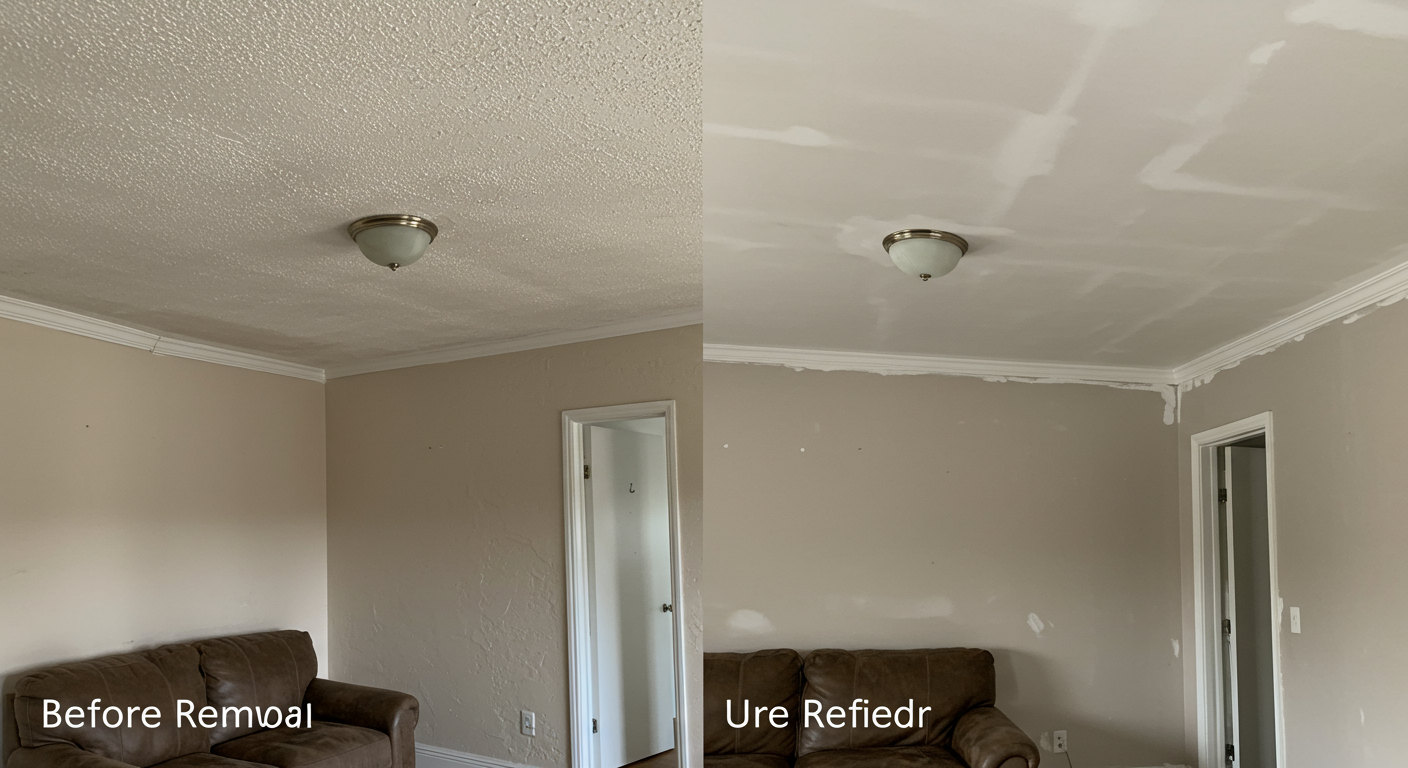Mold is a persistent problem for many homeowners in Baltimore, MD, due to the region’s humid climate. Left unchecked, mold can cause serious health issues and structural damage to your home. This comprehensive guide will walk you through effective strategies for mold removal, professional services, DIY techniques, and tips to prevent mold growth, ensuring a safe and healthy living environment.
Understanding Mold and Its Risks in Baltimore, MD
Health Impacts of Mold Exposure
Mold exposure can lead to a variety of health problems, particularly for individuals with allergies, asthma, or weakened immune systems. Common symptoms include respiratory issues, skin irritation, and nasal congestion. Prolonged exposure to toxic molds, such as black mold, can result in severe health complications, including chronic lung conditions. Addressing mold issues promptly is essential to protect your family’s health.
Common Types of Mold Found in Homes
In Baltimore, the most common types of mold found in homes include black mold (Stachybotrys), green mold (Aspergillus), and white mold (Penicillium). These molds thrive in damp environments, such as basements, bathrooms, and kitchens. Identifying the type of mold is crucial for determining the appropriate removal method and preventing recurrence.

Professional Mold Remediation Services
Importance of Hiring Certified Professionals
While DIY methods can be effective for minor mold issues, larger infestations require professional intervention. Certified mold remediation experts have the necessary tools, training, and experience to safely and effectively remove mold. They can also identify hidden mold growth and address the root cause of the problem, ensuring long-term solutions.
For example, hiring experts like those offering comprehensive black mold cleanup services in Baltimore, MD can save you time and ensure a thorough cleanup.
Overview of the Mold Remediation Process
The mold remediation process typically involves the following steps:
- Inspection and Assessment: Professionals use advanced tools to locate mold and assess the extent of the damage.
- Containment: Affected areas are sealed off to prevent mold spores from spreading.
- Removal: Mold is removed using specialized equipment and cleaning agents.
- Cleaning and Disinfection: Surfaces are cleaned and disinfected to eliminate any remaining spores.
- Prevention: Recommendations are provided to prevent future mold growth, such as improving ventilation or fixing leaks.
DIY Mold Removal Techniques
Safe and Effective Home Remedies
For small-scale mold issues, DIY methods can be a cost-effective solution. Here are some safe and effective remedies:
- Vinegar: Spray undiluted white vinegar on the affected area and let it sit for an hour before scrubbing.
- Baking Soda: Mix baking soda with water to create a paste, apply it to the mold, and scrub after it dries.
- Hydrogen Peroxide: Apply a 3% hydrogen peroxide solution to the mold and let it sit for 10 minutes before wiping clean.
These natural solutions are eco-friendly and safe for households with children and pets. However, always wear protective gear, such as gloves and masks, to avoid exposure to mold spores.

When to Seek Professional Help
If mold covers an area larger than 10 square feet or if you suspect toxic mold, it’s time to call in the professionals. Extensive mold growth often indicates underlying issues, such as water damage, that require expert attention. Learn more about residential water damage restoration in Baltimore, MD to address these concerns.
Preventing Mold Growth in Your Home
Tips for Maintaining Indoor Air Quality
Preventing mold starts with maintaining good indoor air quality. Here are some tips:
- Ventilation: Ensure proper ventilation in high-moisture areas like bathrooms and kitchens.
- Dehumidifiers: Use dehumidifiers to keep indoor humidity levels below 60%.
- Air Purifiers: Invest in air purifiers with HEPA filters to reduce airborne mold spores.
Additionally, regular cleaning and decluttering can minimize the accumulation of dust and moisture, which contribute to mold growth.
Importance of Regular Inspections and Maintenance
Regular home inspections can help identify and address potential mold risks before they become serious problems. Check for leaks in plumbing, roofs, and windows, and repair them promptly. Schedule professional mold inspections annually to ensure your home remains mold-free. For more information, explore comprehensive mold inspection services in Columbia, MD.
By following these strategies, you can effectively get mold out of your house in Baltimore, MD, and prevent it from returning. Whether you choose professional services or DIY methods, addressing mold issues promptly is key to maintaining a healthy and safe home environment.


